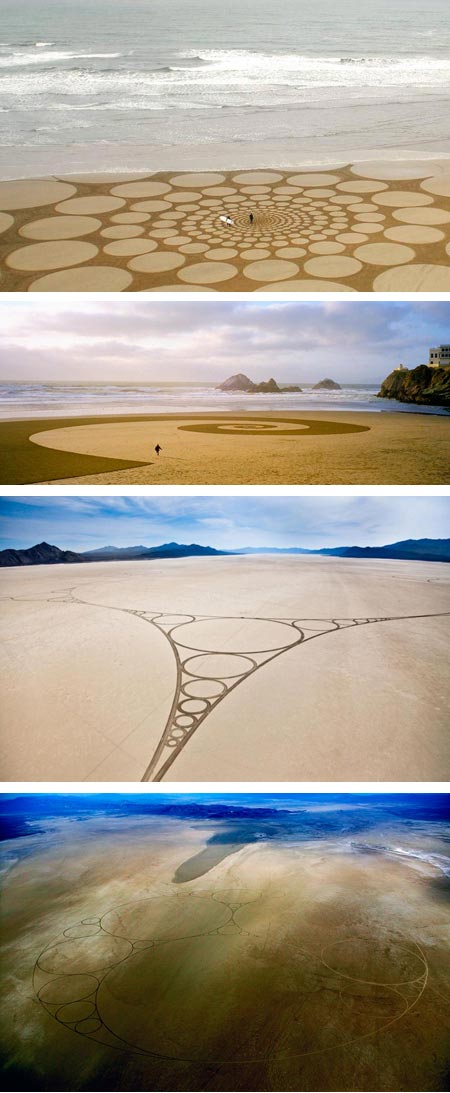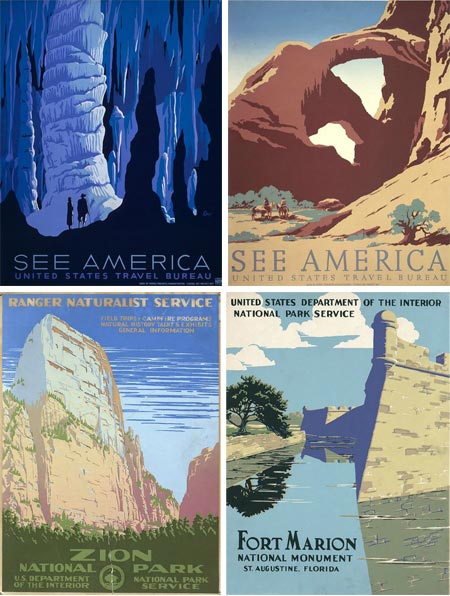
In drawing, particularly pen and ink drawing, stipple refers to the painstaking technique of creating tones by laying down areas of dots, the density of which creates areas of varying tone. It’s almost a handmade analog to the pre-printing screening of photographs, though the technique long preceded photography.
Stipple was important to classic illustrators, such as Dorothy Lathrop, and is associated in particular with noted pulp science fiction illustrator Virgil Finlay. The technique went through something of a revival in the 1960’s, both among science fiction illustrators who carried on Finlay’s tradition, like Robert Walters, and among underground cartoonists, notably Fred Schrier and Dave Sheridan.
In general, however, the technique doesn’t have many adherents due to the work intensive, patience demanding nature of the process. I’ve done some stipple illustrations myself, and I can testify to the demanding nature of laying down hundreds, if not thousands, of dots to create smooth tones.
Contrary to what you might think if you haven’t tried it, you cannot apply stipple mindlessly; the dots must be laid down carefully, with attention to the spacing between them. Get two dots too close to each other and you have a glaring error, dark enough to stand out in your otherwise smooth tone.
Given the difficulty of the technique, it’s a delight to have a bastion of modern stipple illustration in the form of the “hedcuts” (“headline cuts”) that have graced the pages of the Wall Street Journal since 1979, when the style was codified by Kevin Sprouls. The WSJ hedcut style, in which stipple is used in conjunction with engraving-like cross hatching, is employed for small portraits of well known figures, and has become an identifying characteristic of the paper.
Noli Novak is one of the few people who does these illustrations professionally. Her clear, crisp application of the process produces portraits with some of the feeling of traditional engravings, but with a fresh, modern edge.
Novak and her colleagues work from photographs licensed by the Journal, meticulously hand drawing the illustrations that are often so true to the appearance of the subject that many people misinterpret the technique as some kind of sophisticated Photoshop filtering process. While there are some filters that work in that direction, attempting to apply screen-like effects that mimic engravings or stipple, I’ve never seen any of them come anywhere close to the drawings of a talented hedcut artist like Novak.
There is a visual charm to these drawings that, despite their echos of engraving and other graphics, is unique and particularly pleasing to the eye (in a way analogous to the unique visual charm of scratchboard).
Novak has been producing some of the best of the WSJ’s Hedcut portraits since 1987. Her website includes galleries of her drawings of celebrities, corporate and public figures, along with categories like Men, Women, Bald, Headgear and Bearded (the latter hilariously including a teddy bear).
Just so you don’t think that each category only contains 2 pieces, take note of the inexplicably small arrow to the lower right of the drawings, which leads to subsequent pages.
Novak also has a blog, titled, appropriately enough, Hedcuts, in which she discusses her work; including cases in which her work has been “borrowed” by other artists.
Her website also includes examples of her collage works, in which she often uses bits of newspaper as elements.
Novak was featured in the National Portrait Gallery’s exhibition Picturing Business in America.





